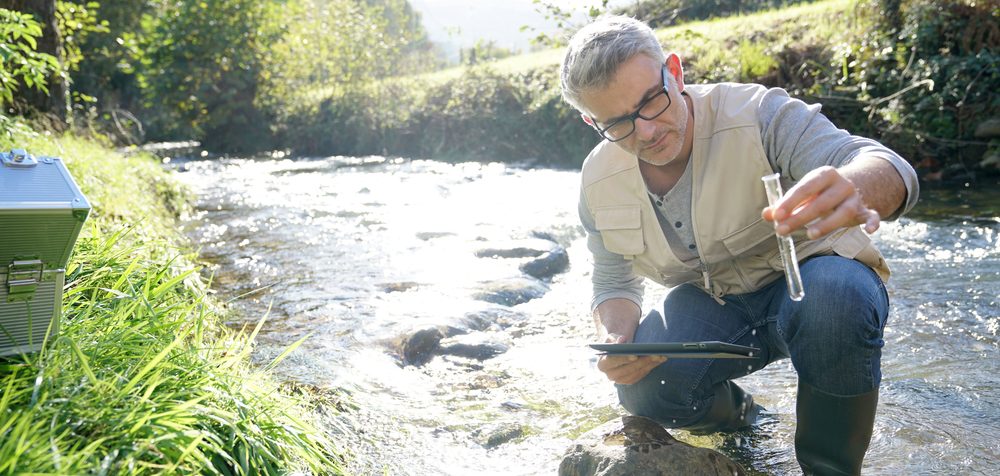
Researchers at the University of California San Diego have created a graphene based, ultra-sensitive sensor that can detect extremely low concentrations of lead ions in water. The device is capable of a record limit of detection of lead down to the femtomolar range – one million times more sensitive than sensing technologies currently in use.
“With the extremely high sensitivity of our device, we ultimately hope to detect even the presence of one lead ion in a reasonable volume of water,” said Prabhakar Bandaru, a professor in the Department of Mechanical and Aerospace Engineering at UCSD. “Lead exposure is a serious health concern, and it has been indicated that a lead concentration at the level of parts per billion in drinking water could lead to pernicious outcomes, such as stunted human growth and development.”
The sensor is composed of a single layer of graphene mounted on a silicon wafer. Graphene was chosen for its conductivity and surface-to-volume ratio, which offers an ideal platform for sensing applications. The sensing capabilities of the graphene layer were further enhanced by attaching a linker molecule to its surface. This linker serves as the anchor for an ion receptor and, thus, the lead ions. In order to make the sensor highly specific for detecting lead ions, an aptamer – a short, single strand of DNA or RNA – was used as the ion receptor.
The team then used a combination of experimental and theoretical techniques to study the molecular events occurring on the graphene sensor’s surface. They monitored the stepwise adhesion of the linker to the graphene surface, followed by the binding of the receptor to the linker, and finally, the attachment of lead ions to the receptor. Analysis of the thermodynamic parameters of the system – such as binding energies, changes in capacitance, and molecular conformations – led to the optimization of the sensor’s performance, allowing them to achieve the highly sensitive and specific results.
Current methods for lead detection rely on expensive instrumentation, or unreliable home kits, unlike this new sensor. The team is now seeking industry partners to scale up the production of the sensors for commercial use.
“The technology that we developed aims to overcome the issues of cost as well as reliability,” said Bandaru. “Our goal is for it to be eventually deployed in homes, given its relative ease of manufacture.”
